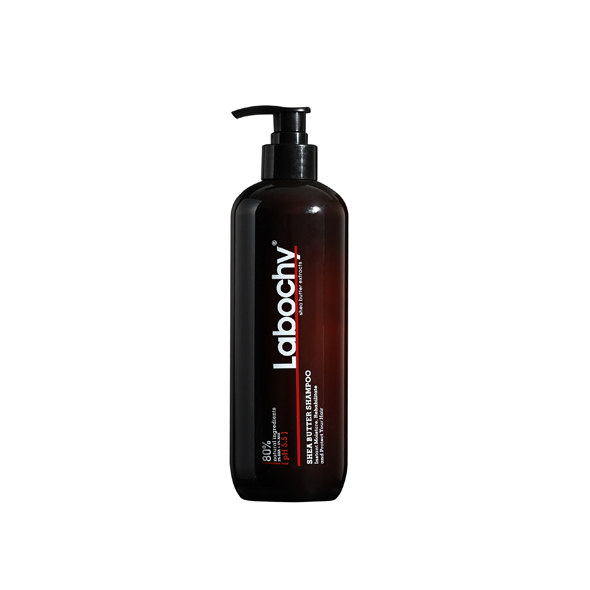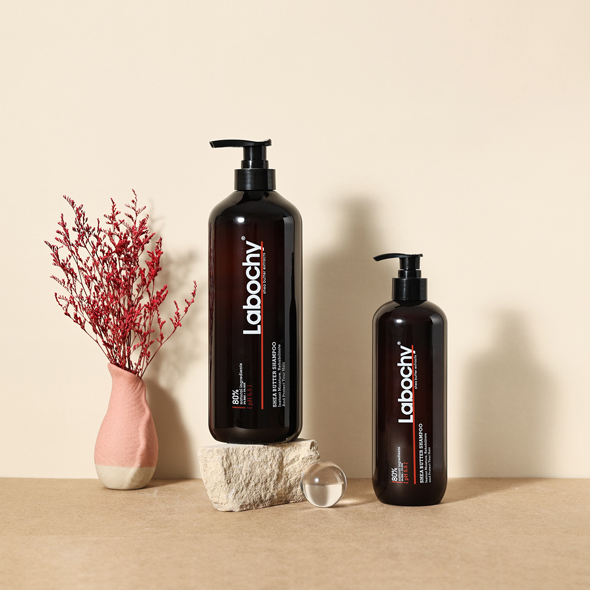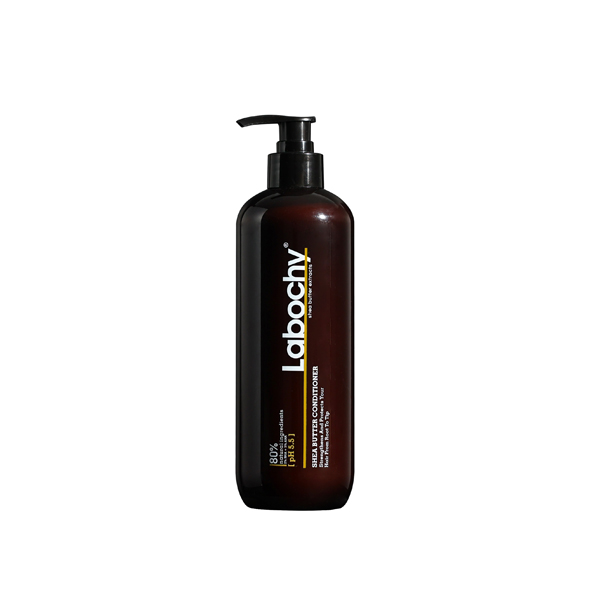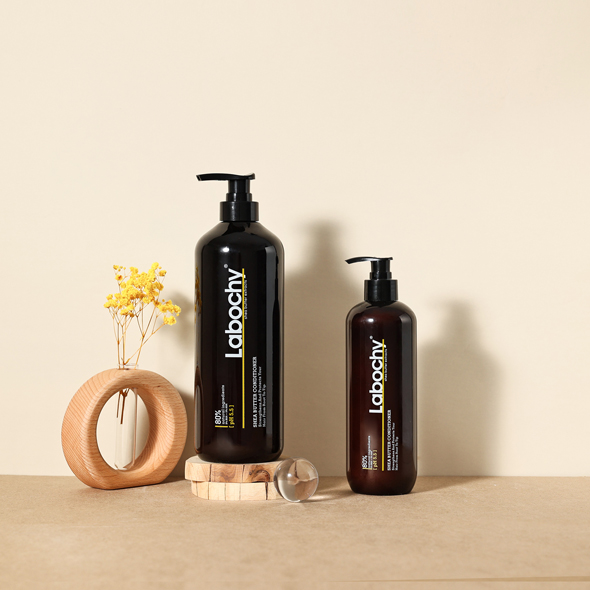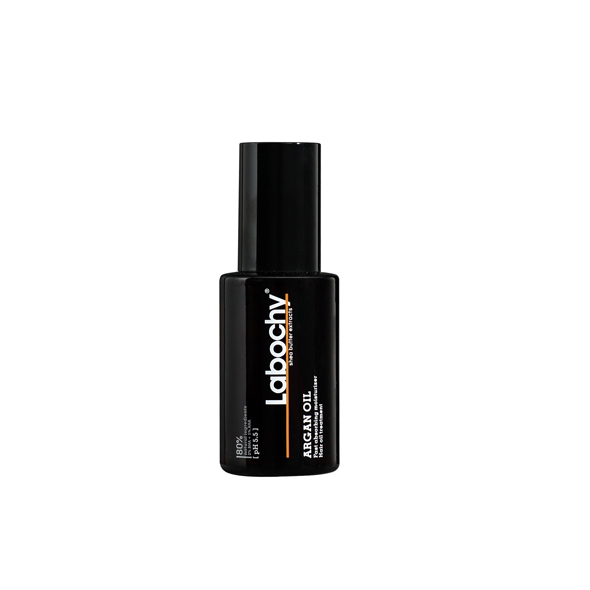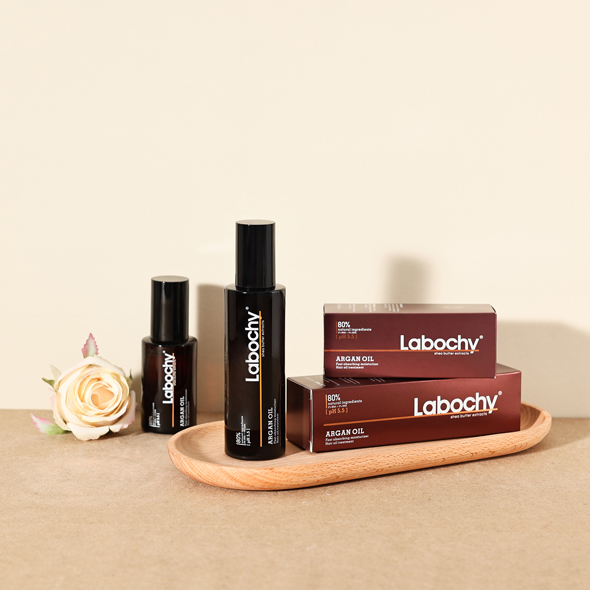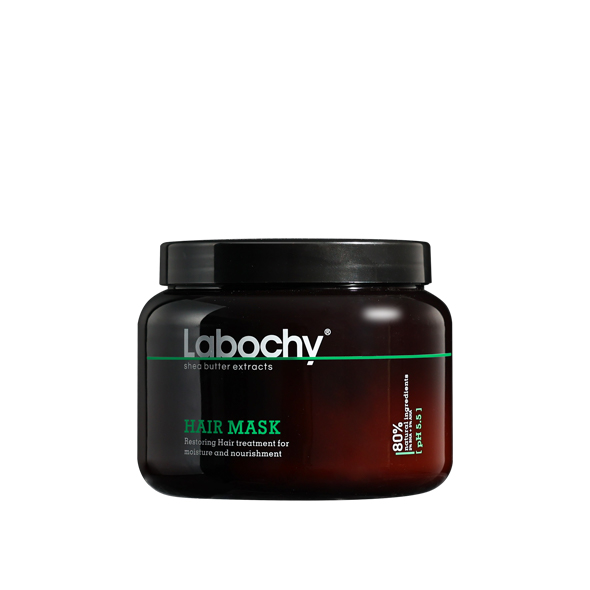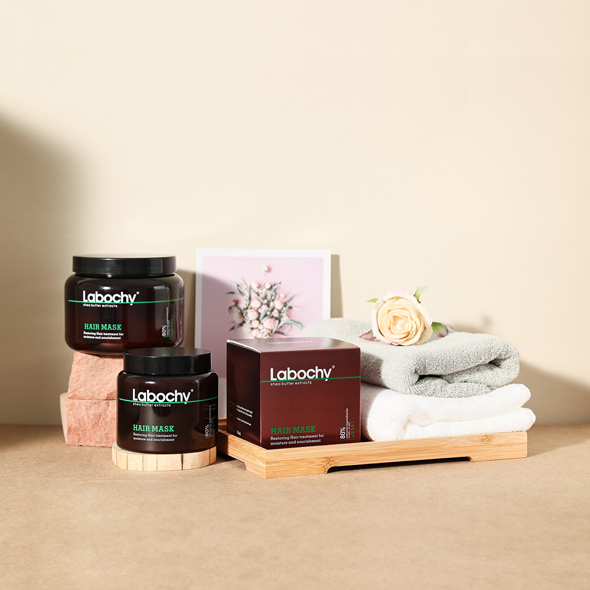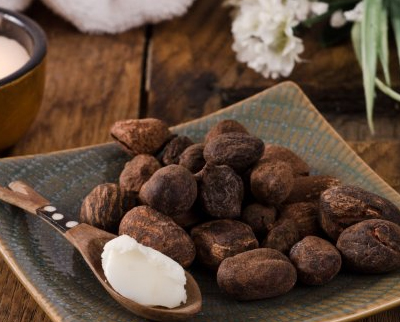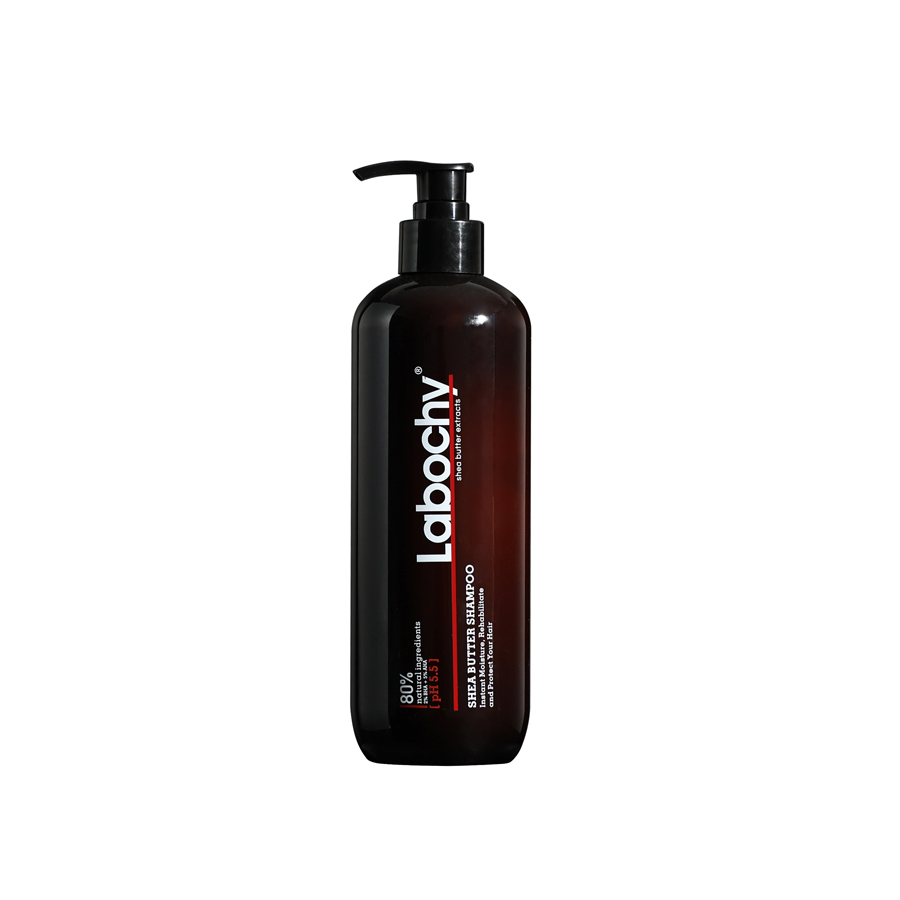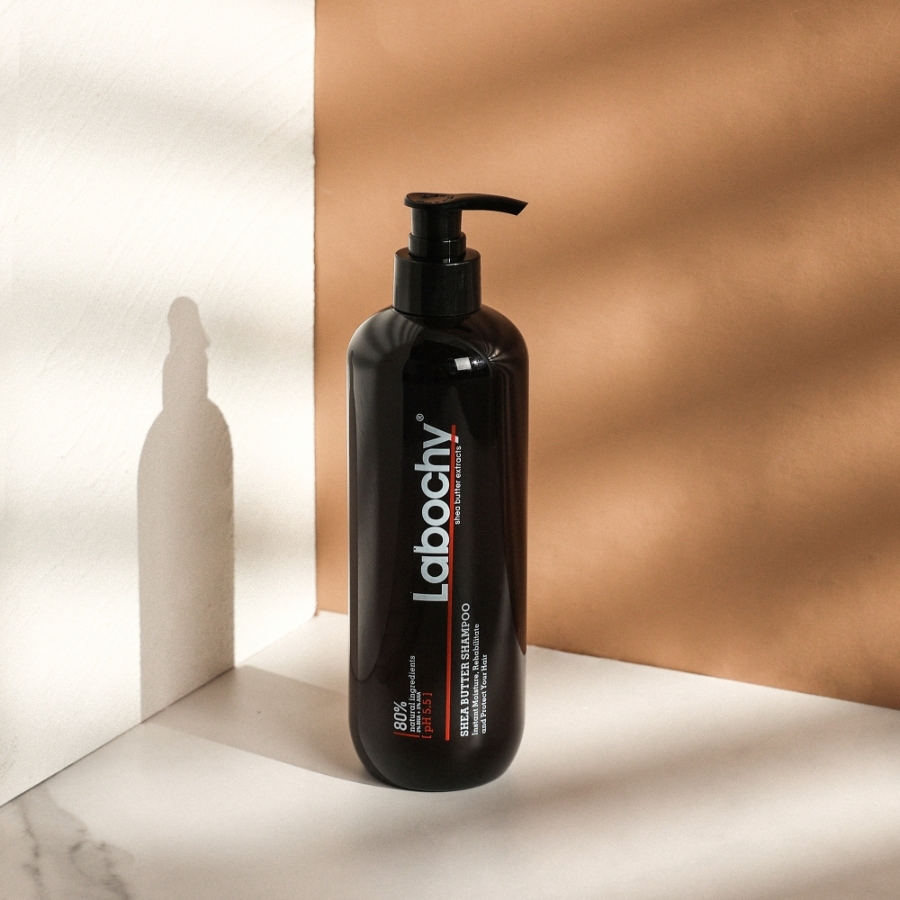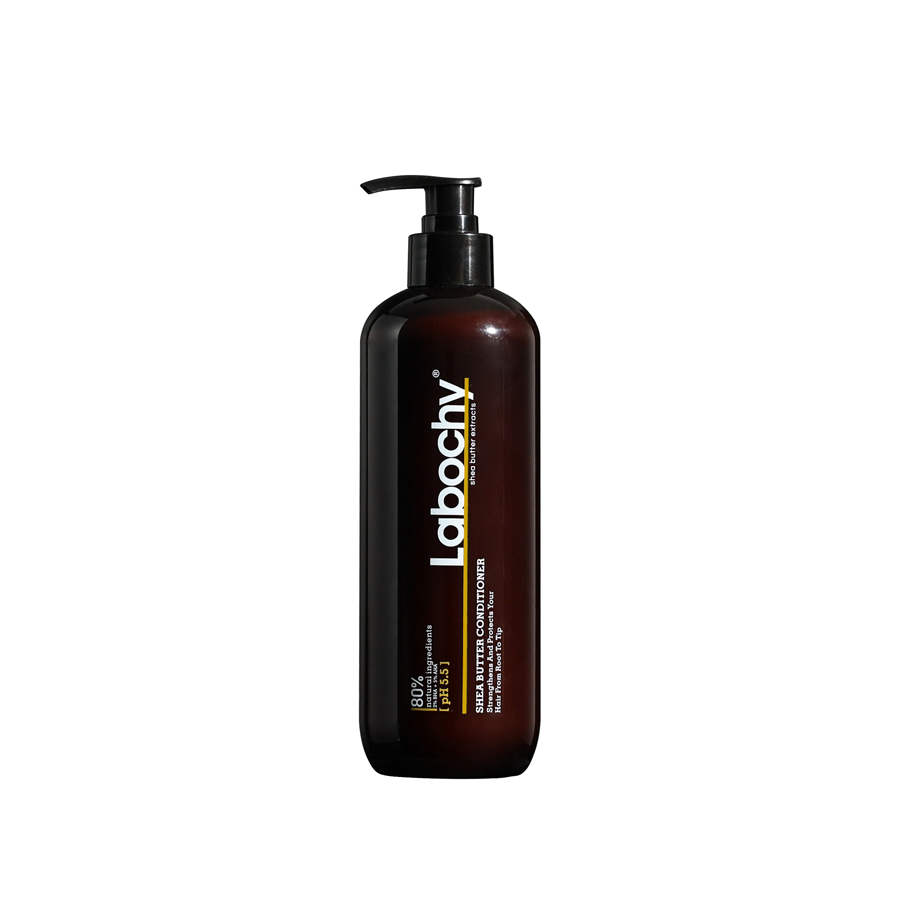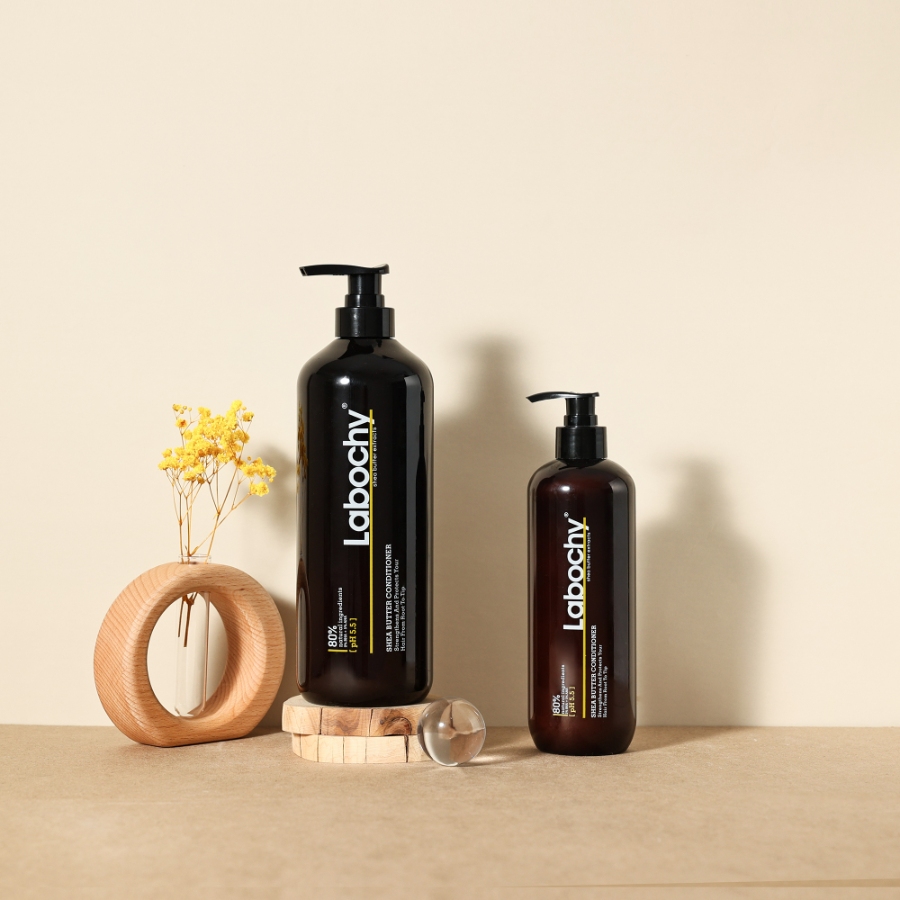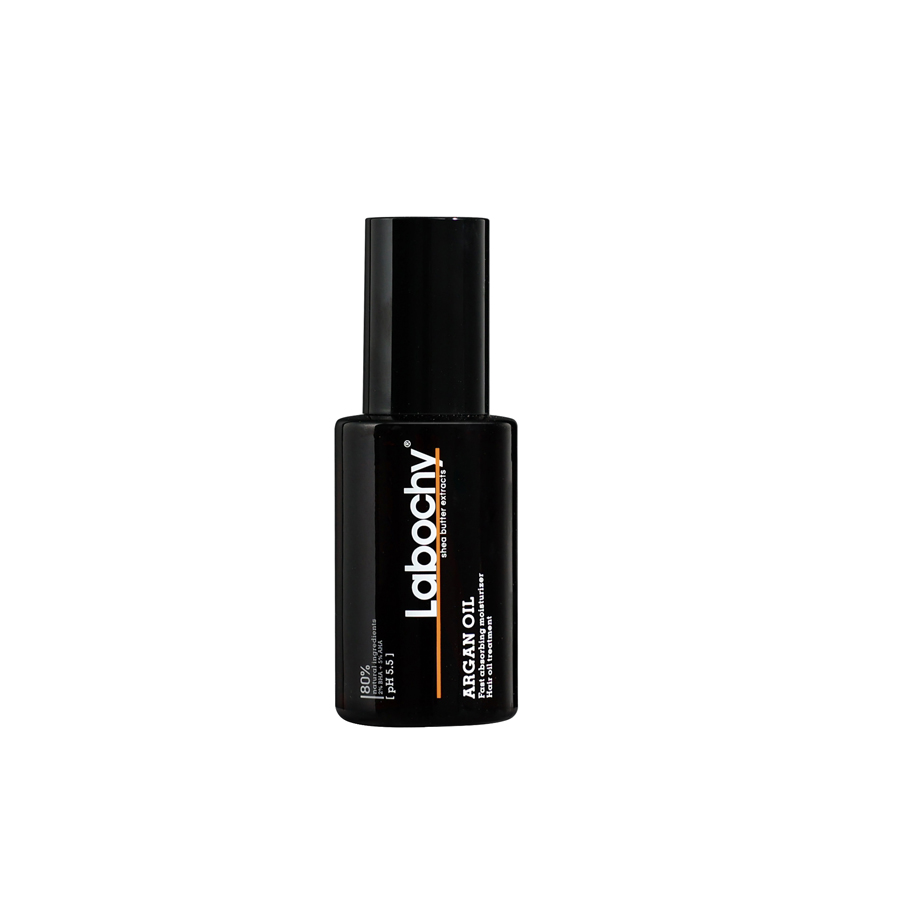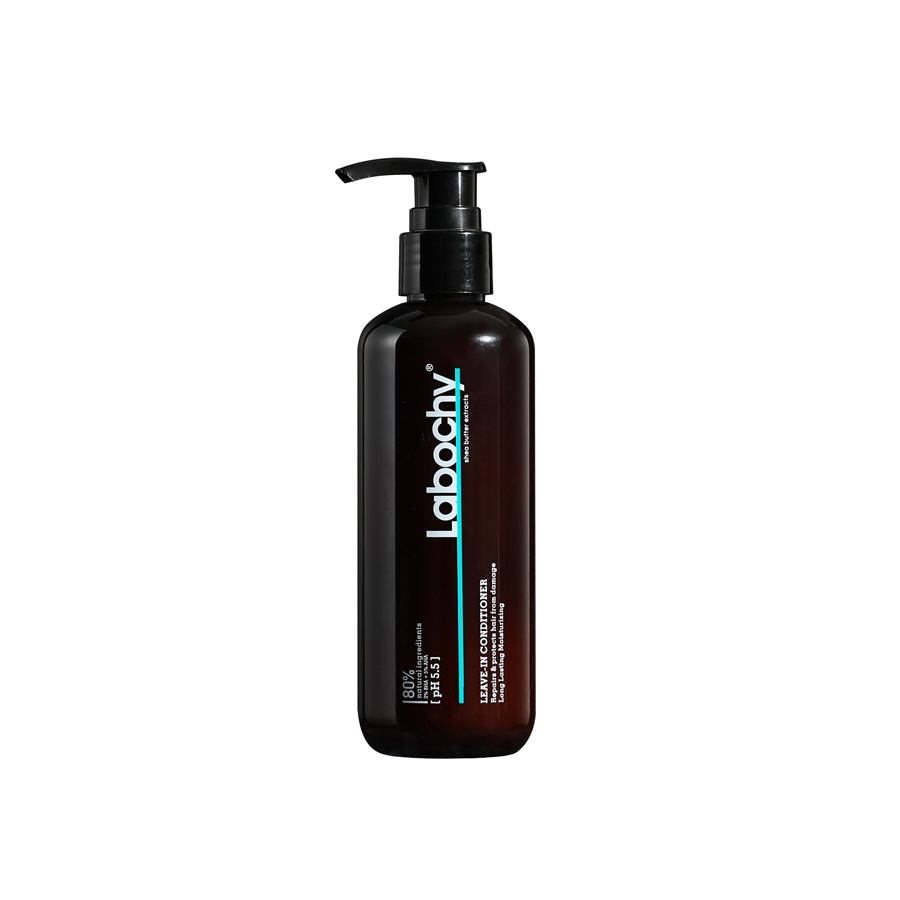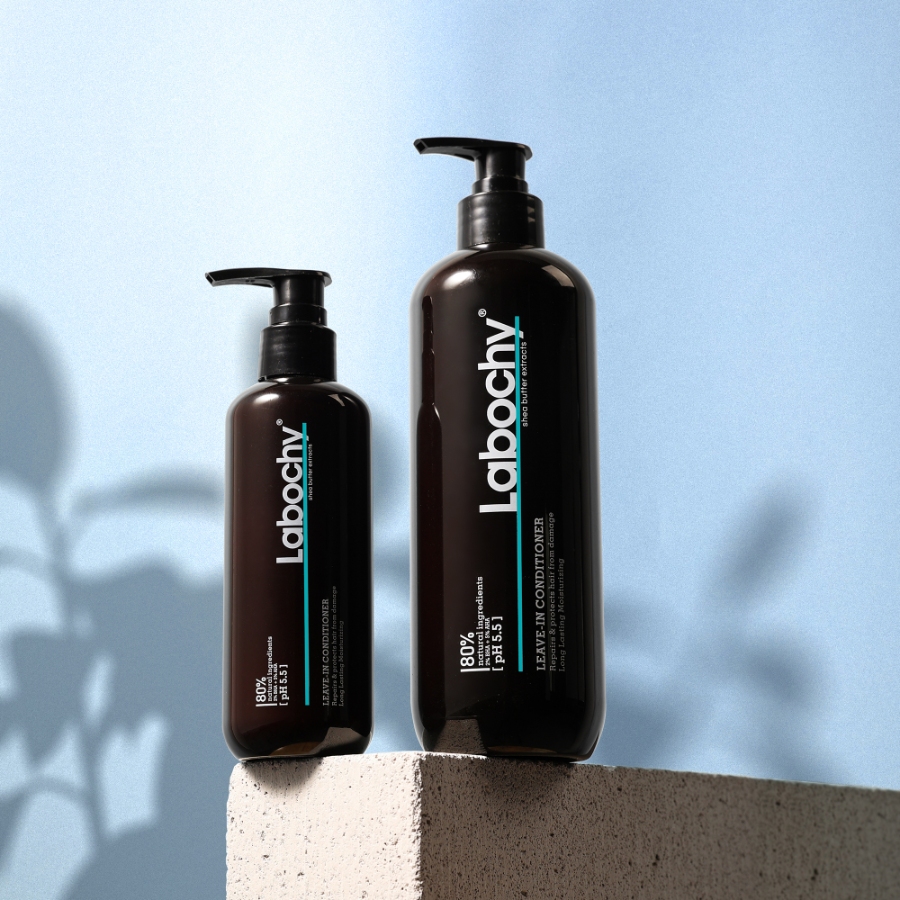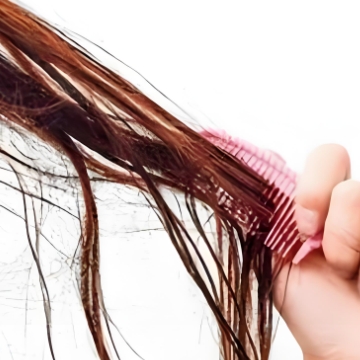
Tangling is one of the most frustrating hair problems. No matter how carefully you try to maintain your hair, tangles seem to appear out of nowhere, leading to time-consuming detangling sessions and sometimes even painful hair-pulling experiences. But why does hair tangle so easily?
Understanding the causes of tangles and learning effective prevention techniques can save you from the daily struggle. In this blog, we’ll delve into the reasons behind tangling and offer comprehensive strategies to keep your hair smooth, manageable, and tangle-free.
Why Does Hair Tangle?
1.Hair Texture and Type
Curly and Coily Hair: Hair with a curly or coily texture tends to tangle more than straight hair. The natural bends and loops in curly hair create more opportunities for individual strands to intertwine and form knots. This is especially true for people with 4C hair, where the tight coil pattern can cause severe tangling.
Fine Hair: Fine hair, despite being straight, can also tangle easily. Fine strands lack the weight and thickness needed to resist tangling, especially when they are exposed to friction or environmental factors like wind.
2.Hair Length
Longer hair is more prone to tangling because it has more surface area that can get caught on itself or on external objects like clothing and accessories. The ends of long hair, which are often drier and more brittle, are particularly susceptible to knotting.
3.Dryness and Damage
Dry hair is a major contributor to tangling. When hair is dry, the cuticles (the outer layer of the hair shaft) become raised and rough, making it easier for strands to catch on each other. Similarly, damaged hair with split ends and roughened cuticles is more likely to tangle, as the broken ends of the hair can latch onto other strands.
4.Friction
Friction from brushing, sleeping, or even simply moving your head can cause hair to tangle. The rubbing of your hair against itself, your pillowcase, or your clothes creates static and roughens the cuticles, leading to knots.
5.Lack of Regular Maintenance
Neglecting regular hair care routines like brushing, conditioning, and trimming can exacerbate tangling. Without proper care, hair becomes more susceptible to damage, dryness, and matting, all of which lead to more frequent and severe tangling.
6.Improper Washing and Conditioning
Using the wrong shampoo or conditioner, or skipping conditioning altogether, can leave your hair dry and prone to tangling. Shampoo that strips your hair of natural oils can dry it out, while skipping conditioner can leave your hair without the necessary moisture and slip to prevent knots.
7.Environmental Factors
Wind, humidity, and exposure to harsh weather conditions can all contribute to tangling. Wind can blow hair strands into knots, while humidity can cause hair to swell and frizz, making it more likely to tangle.
How to Prevent Tangling
1.Choose the Right Shampoo and Conditioner
Moisturizing Shampoo: Opt for a sulfate-free, moisturizing shampoo that cleanses without stripping your hair of its natural oils. This will help keep your hair hydrated and less prone to tangling.
Deep Conditioning: Use a deep conditioner or a leave-in conditioner to keep your hair hydrated and smooth. Conditioning helps to seal the cuticles, reducing friction between hair strands and making them less likely to tangle.
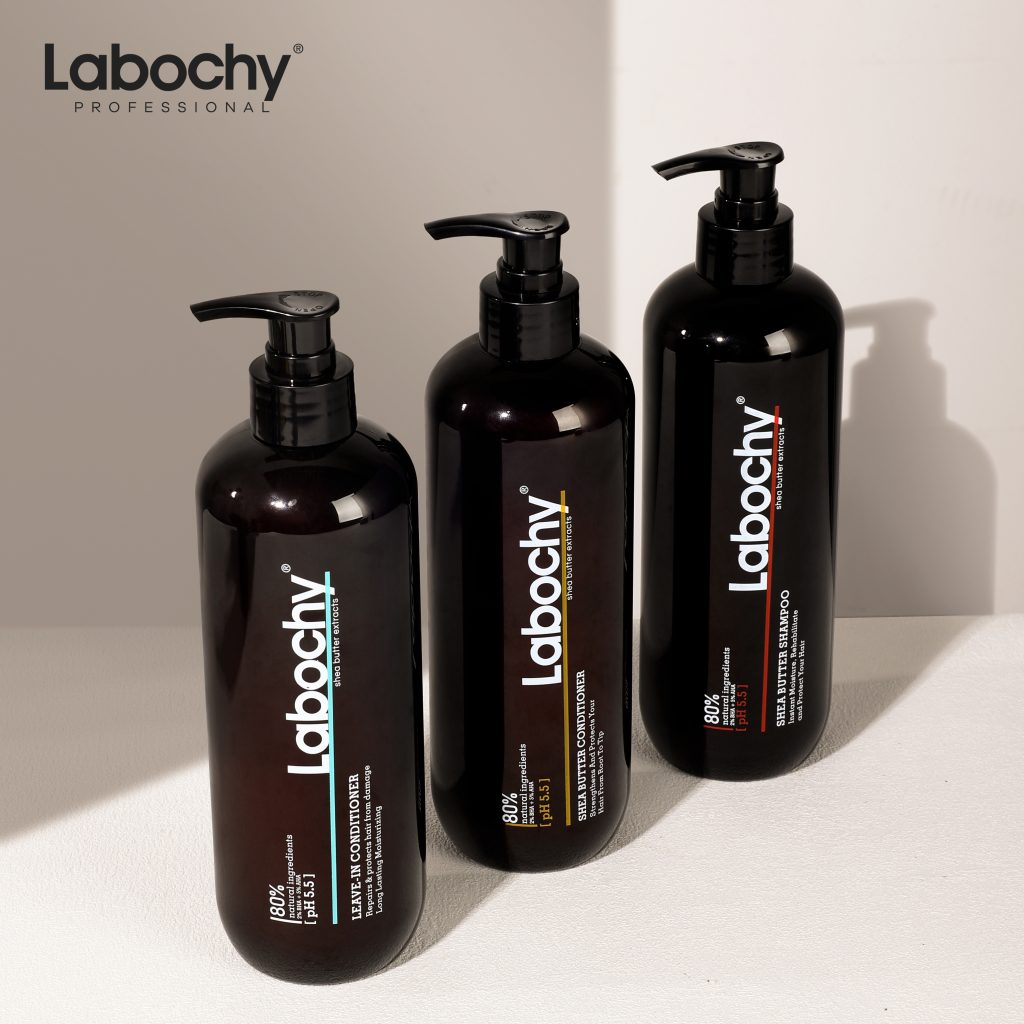
2.Use a Wide-Tooth Comb
Detangle your hair with a wide-tooth comb, starting from the ends and working your way up to the roots. This method is gentler on your hair and helps prevent breakage and the formation of new knots.
3.Incorporate Detangling Products
Detangling Spray:
A good detangling spray can add slip to your hair, making it easier to comb through knots without causing breakage.
Leave-In Conditioner:
A leave-in conditioner provides extra moisture and protection throughout the day, keeping your hair smooth and less prone to tangling.
4.Avoid Overwashing
Washing your hair too frequently can strip it of its natural oils, leading to dryness and increased tangling. Aim to wash your hair only as needed, and always follow up with a conditioner.
5.Regular Trimming
Regular trims are essential for keeping your hair healthy and free from split ends, which can contribute to tangling. Aim to trim your hair every 6-8 weeks to remove damaged ends and maintain a smoother texture.
6.Protect Your Hair While Sleeping
Silk or Satin Pillowcase: Swap your cotton pillowcase for a silk or satin one. These materials create less friction and help keep your hair smooth while you sleep.
Protective Hairstyles: Consider braiding your hair or putting it in a loose bun before bed to minimize tangling. This is especially important for those with long or curly hair.
7.Use Hair Oils and Serums
Hair oils and serums can add shine and smoothness to your hair, reducing the likelihood of tangles. Look for lightweight oils like argan or jojoba oil, which nourish the hair without making it greasy or weighed down.
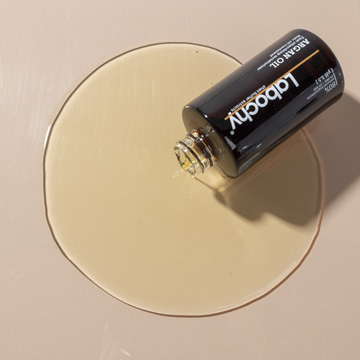
8.Minimize Heat Styling
Excessive heat styling can damage the hair cuticles, making them more prone to tangling. If you must use heat, always apply a heat protectant spray and opt for the lowest heat setting that achieves your desired style.
9.Be Mindful of Accessories
Avoid using hair accessories that can cause friction or pull on your hair, such as rubber bands or metal clips. Instead, opt for fabric-covered elastics or hair ties that are gentle on your strands.
10.Stay Hydrated
Hydration plays a crucial role in maintaining the overall health of your hair. Drink plenty of water and maintain a balanced diet rich in vitamins and minerals to keep your hair hydrated from the inside out.
11.Regular Hair Care Routine
Establish a consistent hair care routine that includes regular washing, conditioning, and detangling. This will help keep your hair in optimal condition, making it less likely to tangle.
Additional Tips for Specific Hair Types
1.Curly Hair:
Use a microfiber towel or an old t-shirt to dry your hair instead of a regular towel. The smoother texture helps prevent frizz and tangles.
Avoid brushing curly hair when it’s dry. Instead, detangle it while it’s still wet and coated with conditioner.
2.Fine Hair:
Apply a lightweight leave-in conditioner or detangler to prevent knots without weighing down your hair.
Be gentle when brushing fine hair, as it is more prone to breakage, which can lead to tangling.
3.Thick Hair:
Divide your hair into sections before detangling to make the process easier and more effective.
Use a heavier, moisturizing conditioner to keep your thick hair hydrated and smooth.
Tangling is a common issue that can be caused by various factors, including hair texture, length, dryness, and environmental conditions. However, with the right care and attention, you can significantly reduce the occurrence of tangles and enjoy smoother, more manageable hair. By choosing the right products, adopting gentle detangling techniques, and maintaining a regular hair care routine, you can keep your hair healthy and tangle-free.
Remember, prevention is key. Understanding your hair’s unique needs and taking proactive steps to care for it will save you time and frustration in the long run. Whether you have curly, fine, or thick hair, the tips provided here can help you achieve the beautiful, smooth locks you desire.
YOU MAY ALSO LIKE

100% Official & Genuine
SMOOTH HAIR SPEAKS LOUDER THAN WORDS-

Australia's Raw Materials
Safe And Effective
-

Shea Butter
Natural Formula
-

Contact Us


